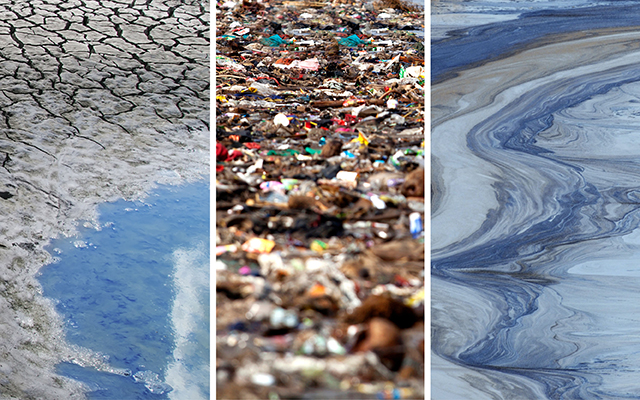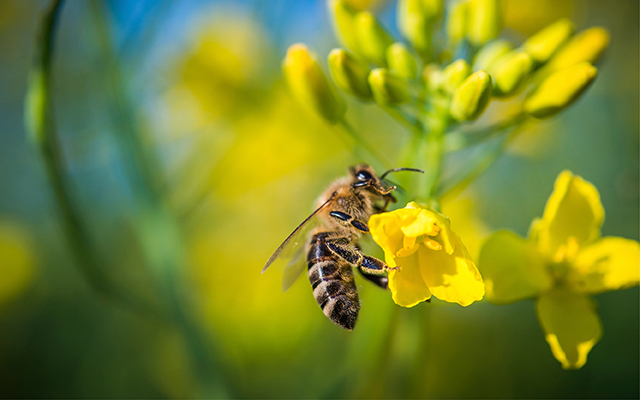For the first time, neonicotinoids have been found in treated tap water, according to a new study published in the journal Environmental Science & Technology Letters.
Neonicotinoids, a series of broad-spectrum pesticides introduced in the late 1990s, are widely used in both agricultural settings and in a host of home garden products to ward off a range of insect pests.
Since ecological systems are connected — and what happens on the land tends to affect water — studies have shown “neonics,” as they’re commonly known, to be ubiquitous in rivers, streams, and surface waters. Research has linked them — along with parasites, pathogens, and poor nutrition — as a factor in the decline of bee populations. A recent study of Canadian wood frogs — which use surface water in agricultural areas to reproduce — noted a possible link between neonicotinoids and tadpole developmental delays.
In 2016, University of Iowa researchers monitored concentrations of three types of neonicotinoids — clothianidin, imidacloprid, and thiamethoxam — at three locations in Iowa City as well as the University of Iowa for seven weeks after planting of soy and corn crops.
All three neonics were detected in tap-water grabs from the University of Iowa at concentrations ranging from 0.24 to 57.3 nanograms of individual neonics per liter. The rapid sand filtration system used for treatment of tap water at the site reduced clothianidin, imidacloprid, and thiamethoxam by about only 1 percent, 8 percent, and 44 percent, respectively.
Meanwhile, the activated carbon filtration system used by the water treatment facility serving Iowa City removed 100 percent, 94 percent, and 85 percent of the neonicotinoids, respectively.
While the EPA has standards for safe levels of neonics being applied in the field, it doesn’t have any regulatory limits for drinking water supplies. Additional research is necessary to determine the levels of neonicotinoids in tap-water supplies around the country, George Washington University public-health researcher Melissa Perry told the Washington Post, adding: “From a public health standpoint, this issue clearly needs better attention.”
The good news is that the more effective activated carbon filters are relatively economical and can be easily installed in homes. These types of filters also reduce contaminants such as copper, lead, and mercury. The Natural Resources Defense Council (NRDC) advises getting a sample of your tap water tested, which can help you choose which type of filtration system to use in your home.
Looking to help further reduce the amount of chemicals in our drinking water? Replace part or all of your lawn grass with native perennial flowering plants, which provide food and habitat for pollinators and reduces the amount of water and pesticides you’ll need to use; dispose of waste — particularly pharmaceuticals — properly; and opt for natural products like vinegar and baking soda for household cleaning.
For more on threats to drinking water — and what you can do about them — see “Troubled Waters.”




This Post Has 0 Comments